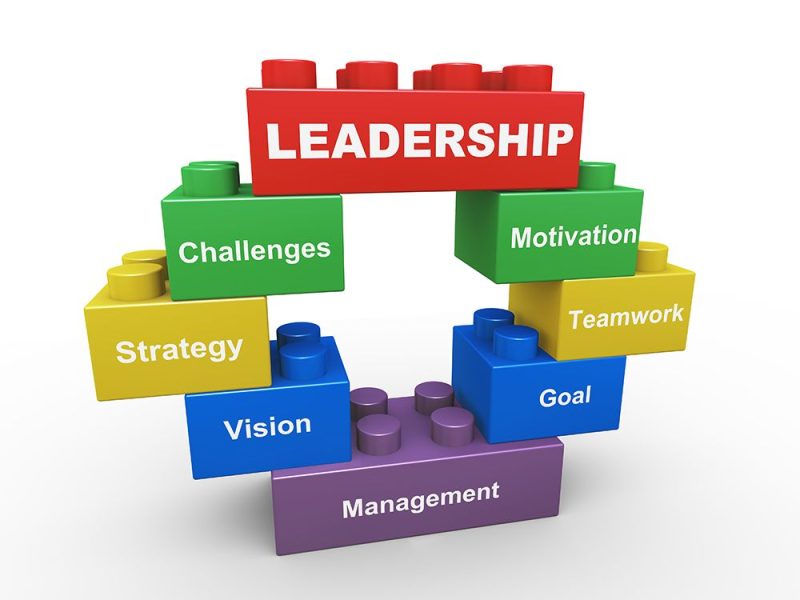Collaboration among teachers is crucial for creating a cohesive and effective learning environment for students. When teachers work together, they can share ideas, resources, and best practices to enhance the overall classroom experience. However, effective collaboration doesn’t just happen on its own. It requires deliberate strategies and processes to ensure that teachers are working together efficiently and effectively. In this article, we will discuss some key strategies for promoting effective teacher collaboration.
Establish Clear Communication Channels
One of the most important aspects of effective collaboration is clear communication. Teachers need to be able to easily share ideas, information, and feedback with one another. Establishing clear communication channels, such as a shared online platform or regular team meetings, can help facilitate this exchange of information. By ensuring that all teachers are on the same page and have easy access to relevant resources, collaboration can be more efficient and productive.
Encourage a Culture of Trust and Respect
Collaboration can only thrive in an environment where trust and respect are present. Teachers need to feel comfortable sharing their ideas and opinions without fear of judgment or criticism. Encouraging a culture of trust and respect among staff members can help create a safe space for open and honest communication. By fostering a positive and supportive work environment, teachers are more likely to collaborate effectively and work towards common goals.
Set Clear Goals and Expectations
Effective teacher collaboration requires a clear understanding of goals and expectations. Teachers need to be on the same page about what they are working towards and how they will measure success. Setting clear goals and expectations can help keep everyone focused and accountable. By outlining specific objectives and timelines, teachers can work together more effectively to achieve their shared goals.
Provide Opportunities for Professional Development
Professional development is a key component of effective teacher collaboration. By providing opportunities for teachers to learn new skills, technologies, and teaching strategies, collaboration can be more innovative and impactful. Encouraging teachers to attend workshops, conferences, and training sessions can help them stay up-to-date on the latest educational trends and best practices. By investing in professional development, schools can ensure that their teachers are equipped with the knowledge and skills needed to collaborate effectively.
Celebrate Successes and Learn from Failures
Celebrating successes and learning from failures is essential for fostering a culture of continuous improvement and growth. When teachers collaborate effectively and achieve positive outcomes, it’s important to acknowledge and celebrate these achievements. Likewise, when collaborations don’t go as planned, it’s important to reflect on what went wrong and how to improve in the future. By recognizing both successes and failures, teachers can learn from their experiences and become more effective collaborators in the long run.
Conclusion
Effective teacher collaboration is essential for creating a cohesive and impactful learning environment for students. By establishing clear communication channels, encouraging a culture of trust and respect, setting clear goals and expectations, providing opportunities for professional development, and celebrating successes and learning from failures, teachers can work together more effectively to enhance the overall classroom experience. By implementing these key strategies, schools can promote a culture of collaboration among their staff members and ultimately improve student outcomes.


